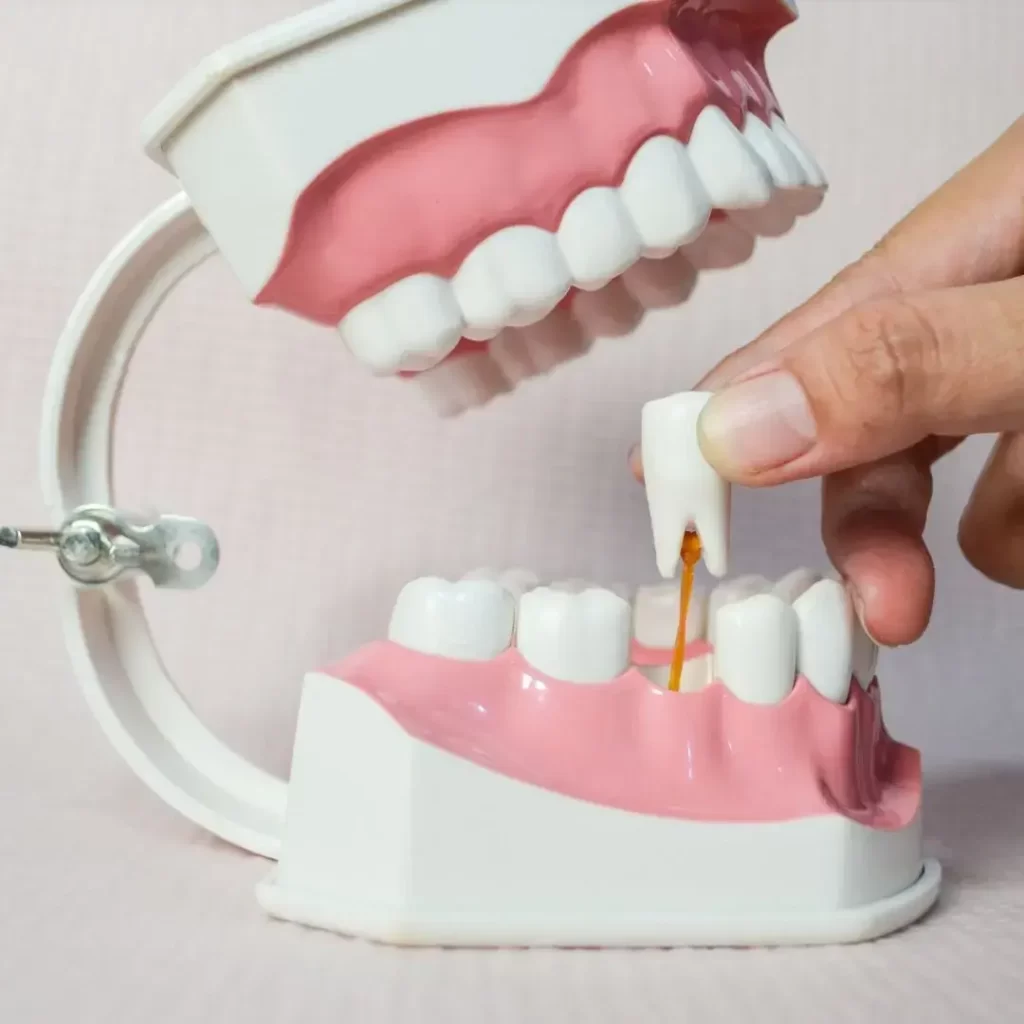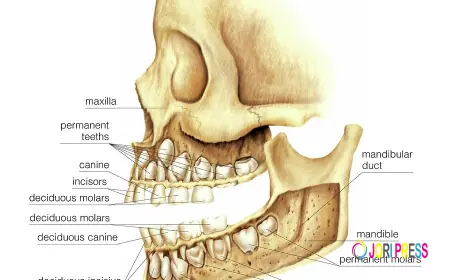How Does Tooth Extraction Cost Compare Globally?
Tooth extraction is a procedure that people all around the world may experience at some point in life. Although the treatment itself is similar in principle

Tooth extraction is a procedure that people all around the world may experience at some point in life. Although the treatment itself is similar in principle, the cost associated with it often differs greatly depending on a wide range of influences. These differences create curiosity about why expenses vary from one region to another. Exploring the reasons behind global variations offers insight into how the same procedure can be valued differently across different parts of the world. Let's delve into Tooth extraction cost
Local Economic Conditions
One of the most important reasons why extraction costs differ worldwide is the variation in local economic conditions. Every region has its own standards for services and its own cost of living, which directly influences dental care expenses. Where living expenses are higher, the cost of professional services tends to reflect that reality. This means that even though the procedure is medically the same, the environment in which it is performed creates differences in pricing.
Availability of Resources
Access to technology, tools, and skilled professionals also determines global variation in extraction costs. In areas where advanced resources are readily available, the procedure may involve higher expenses due to the level of expertise and equipment used. In contrast, regions with limited resources might rely on simpler techniques, which could reduce overall cost but may also affect the experience or convenience.
Differences in Anesthesia Practices
Another factor influencing costs is the type of anesthesia commonly used in different parts of the world. Some places rely primarily on local anesthesia for extractions, while others may frequently use sedation or general anesthesia. Since anesthesia requires varying levels of preparation, monitoring, and resources, the choice of method can make a noticeable difference in the final expense.
Role of Tooth Complexity
Globally, the cost of tooth extraction also depends on the type of tooth being removed and its level of complexity. Simple front teeth often involve straightforward procedures, while molars or impacted teeth require more time and effort. These variations are consistent worldwide, yet the way each region evaluates and charges for the added complexity differs. This means that even for the same type of tooth, the cost may vary dramatically from one location to another.
Influence of Regulations
Each country or region has its own set of regulations for dental practices, and these rules affect the overall expense of procedures. Some places have strict requirements for facility standards, equipment, and hygiene, all of which add to operational costs. Others may have fewer regulations, which could lower the expense but may also influence the overall experience. Regulatory environments are a key reason why global comparisons show significant variation.
Urban vs. Rural Differences
Within the same country or region, costs can differ based on whether the procedure is performed in an urban or rural setting. Cities often have higher expenses due to facility operations, resource availability, and higher living standards. Rural areas may offer lower costs, but sometimes with fewer options or resources available. When comparing costs globally, these internal differences highlight how location within a region also shapes the outcome.
Impact of Technology
Modern technology plays a significant role in influencing extraction expenses. Advanced imaging, precision tools, and digital systems enhance the safety and comfort of the procedure but also raise costs. Some regions adopt new technology more widely, which makes their average expenses higher, while others continue to rely on traditional approaches. This global variation in technology adoption explains a major part of why costs differ across borders.
Training and Expertise Levels
The level of training and expertise required for professionals to practice in different regions also affects costs. Some regions have more intensive training systems, which often translates into higher service charges. Others may have less demanding requirements, which can lower expenses. Since expertise is a valued part of dental care, this global variation in qualifications contributes to the differences observed in tooth extraction costs.
Insurance and Financial Systems
In certain parts of the world, insurance systems or financial support structures help cover the cost of dental procedures, including extractions. In other places, individuals pay directly for the entire service. These systems strongly influence how people perceive and experience the cost of extraction. The presence or absence of insurance coverage explains much of the variation in global comparisons.
Emergency vs. Planned Extractions
Globally, whether an extraction is performed under emergency conditions or as part of a planned procedure can change the cost. Emergency extractions often require immediate resources, longer hours, and rapid response, making them more expensive. Planned procedures, in contrast, allow for scheduling, preparation, and lower urgency, which usually reduces the expense. Different regions handle these distinctions differently, creating another layer of variation worldwide.
Cultural Expectations
Cultural factors also influence global extraction costs. In some regions, higher emphasis is placed on comfort and advanced procedures, while in others, efficiency and simplicity are prioritized. These cultural expectations shape how services are designed and delivered, which in turn affects the cost structure. When looking at Tooth extraction cost in Dubai globally, it becomes clear that culture plays a silent but important role.
Why Global Comparisons Matter
Comparing tooth extraction costs worldwide is valuable because it helps individuals understand how broader factors—beyond the procedure itself—determine the final amount. From local economics and regulations to technology and cultural expectations, each factor contributes to the diversity of global costs. By recognizing these influences, people gain a deeper perspective on why the same treatment varies so much internationally.
Preparing with the Right Perspective
Rather than viewing global differences as confusing, it is useful to see them as a reflection of local realities. Knowing that extraction costs are shaped by a mix of complexity, technology, regulations, and location helps individuals prepare more realistically. For example, Tooth Extraction Cost in Dubai may reflect regional standards that differ from other parts of the world, but the underlying influences are the same.
Final Thoughts
Tooth extraction is one of the most universal dental procedures, yet its cost is anything but universal. Differences in economy, resources, regulations, cultural expectations, and technology create a wide range of expenses across the globe. What stays consistent is that the type of tooth, the complexity of removal, and the level of professional expertise remain central factors everywhere. By understanding these global variations, individuals can better prepare and approach the procedure with clear expectations. Whether looking at Tooth Extraction Cost in Dubai or in another part of the world, recognizing the reasons behind the differences brings clarity and confidence to those facing this common dental experience.
What's Your Reaction?
 Like
0
Like
0
 Dislike
0
Dislike
0
 Love
0
Love
0
 Funny
0
Funny
0
 Angry
0
Angry
0
 Sad
0
Sad
0
 Wow
0
Wow
0


















































